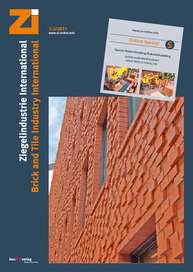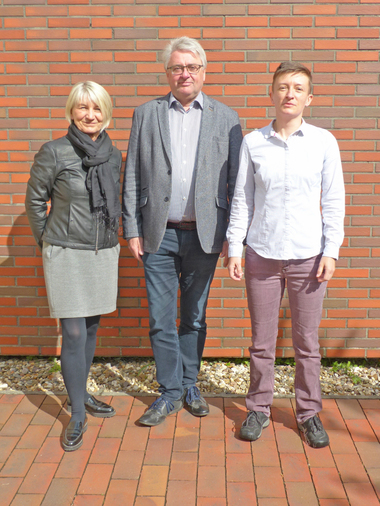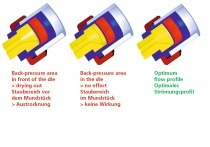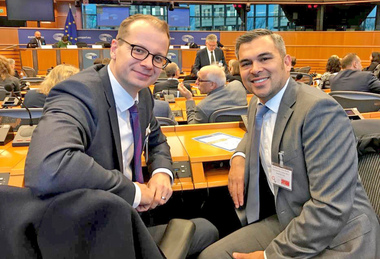The advantage of research
At the “Bau” trade fair in Munich in late January, the heavy clay industry‘s presentation included diverse products for use in energy-conserving buildings. Stuffed vertically perforated clay units, thanks their low thermal conductivity, are one good, innovative example. In view of steady efforts to reduce energy consumption, such product engineering developments must not be neglected.
Natural-gas and oil prices are on the rise, raising the unavoidable cost of plant operation to an existentially threatening level. The only conclusion to be drawn is that fossil fuel consumption must be confined to substantial requirements as quickly as possible. Like other energy-intensive sectors, too, the brick and tile industry in particular must aim to reduce energy expenditures to a bare minimum.
While the brick and tile industry can not dispense with high firing temperatures, at least it takes no chemical conversion energy to burn bricks and tiles (unlike lime- and/or cement-bonded building materials). An ideal tunnel kiln, for example, has zero net energy consumption. Actually, the „real world“ is not that much different, because all that the ideal case requires is infinitely good heat transmission coupled with infinitely good kiln insulation. Conventional cooling-air extraction, however, still poses a problem – and that is what current research is concentrating on.
In this issue of Zi Brick and Tile Industry International, you will find research findings regarding solid-solid recuperators that require significantly less air extraction with no increase in flue-gas or exit losses.
More such research findings on how to reduce energy consumption will be presented to you at our annual IZF seminars. For us here at Brick and Tile Research Institute (IZF) in Essen, discovering new ways to save energy counts among the most important concerns of research endeavour.






